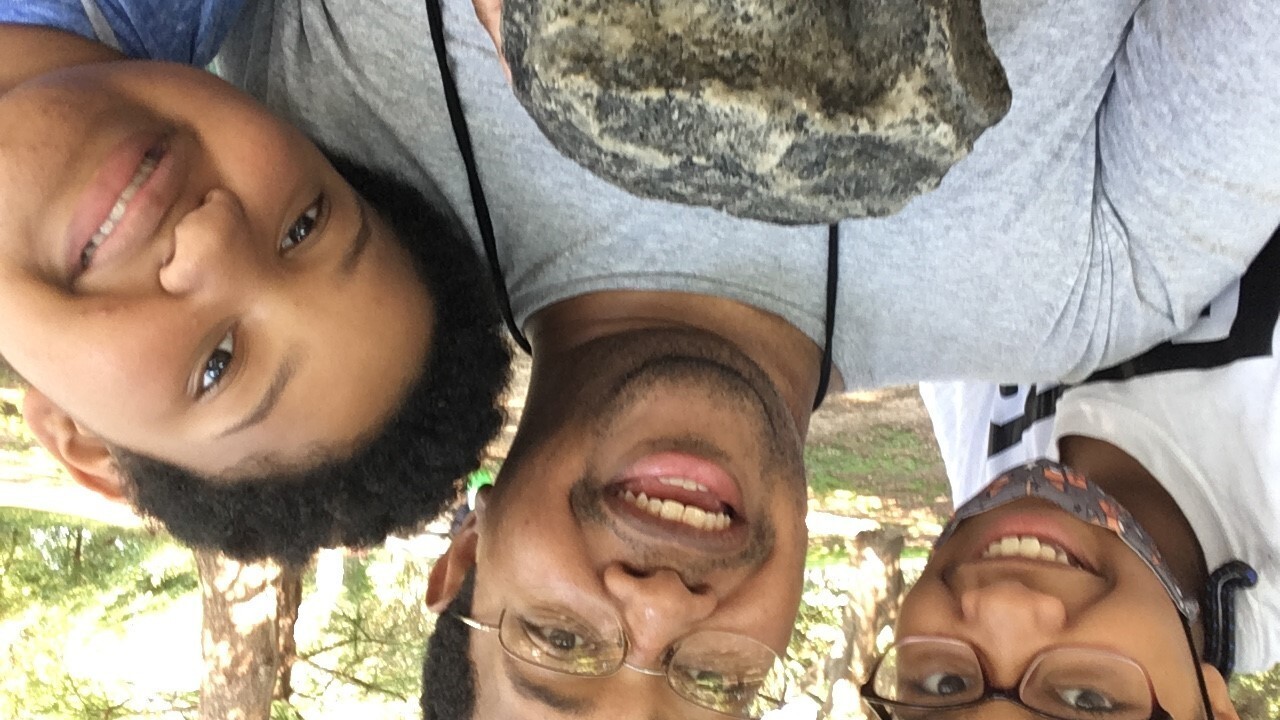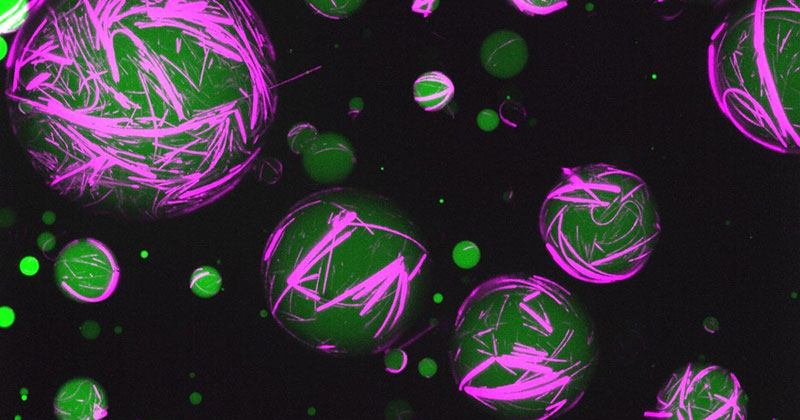
Lloyds Bank coprolite
The Lloyds Bank coprolite is a large paleofaeces, or desiccated human dung specimen, recovered by archaeologists from York Archaeological Trust excavating the Viking settlement of Jórvík (now York) in England.
The coprolite was found in 1972 beneath the site of what was to become the York branch of Lloyds Bank and may be the largest example of fossilised human faeces ever found,[2] measuring 20 centimetres (8 in) long and 5 centimetres (2 in) wide. Analysis of the stool has indicated that its producer subsisted largely on meat and bread whilst the presence of several hundred parasitic eggs suggests they were riddled with intestinal worms. In 1991, York Archaeological Trust employee and paleoscatologist, Andrew Jones, made international news with his appraisal of the item for insurance purposes: "This is the most exciting piece of excrement I've ever seen... In its own way, it's as irreplaceable as the Crown Jewels".[1] The layers that covered the coprolite were moist and peaty. They preserved not only the coprolite but also timber, textiles and leather.[3]
The specimen was put on display at the city's Archaeological Resource Centre (now known as DIG), the outreach and education institution run by the York Archaeological Trust.[4] In 2003, it broke into three pieces after being dropped whilst on exhibition to a party of visitors. As of 2003[update], efforts were underway to reconstruct it.[4] It has been displayed at Jorvik Viking Centre since 2008.
Leave a Comment
Related Posts






/cloudfront-us-east-2.images.arcpublishing.com/reuters/GZTQDVBU7JPOBJ73LAELU52K4Q.jpg)



















